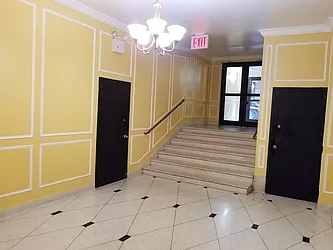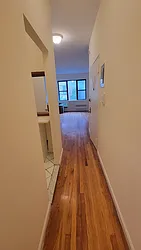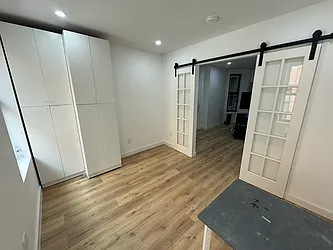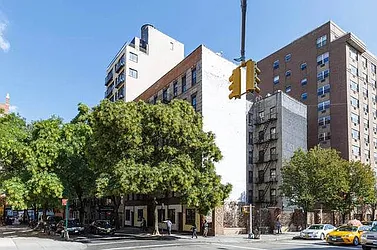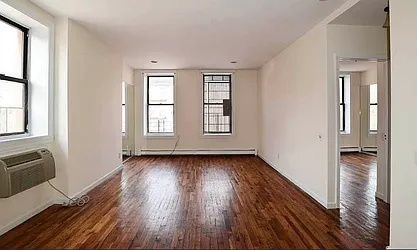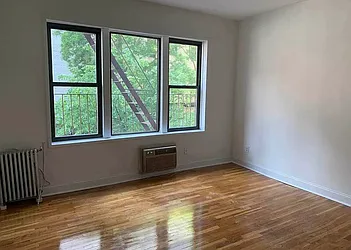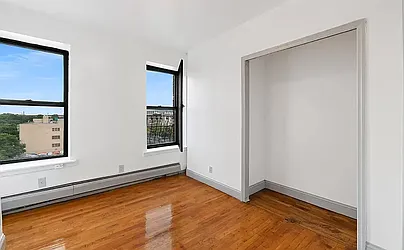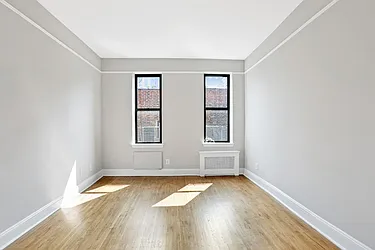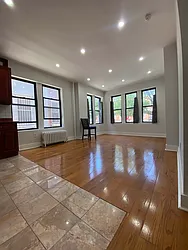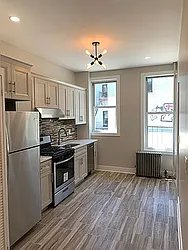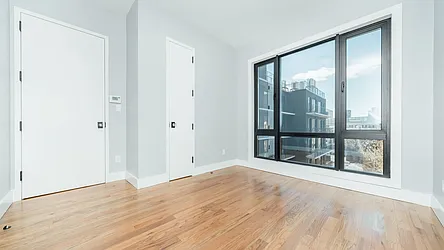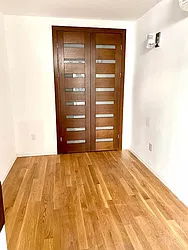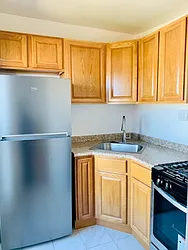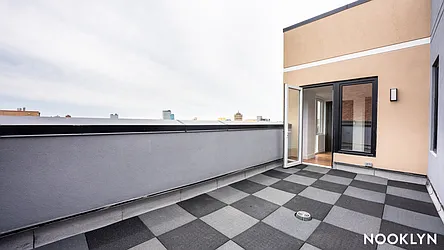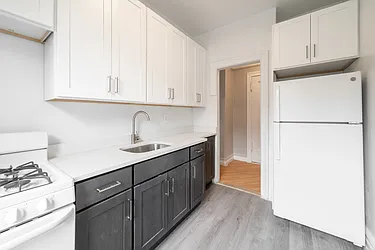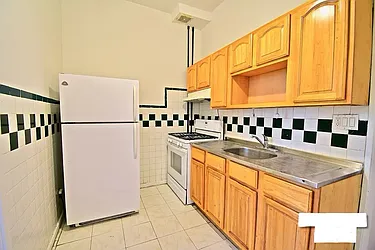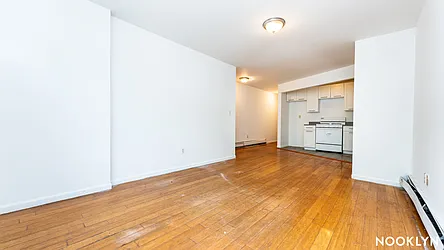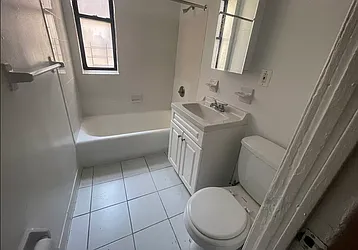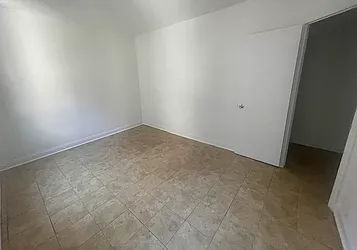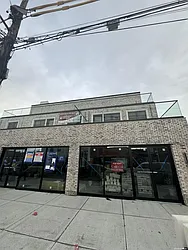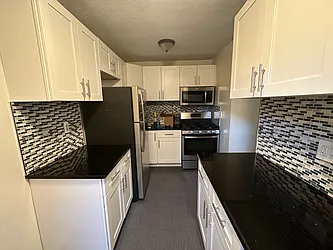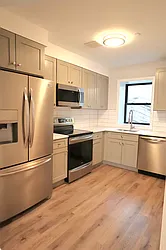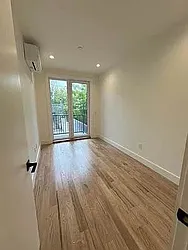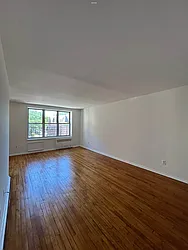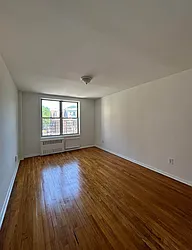A lot of work goes into finding a great New York City apartment. Smart buyers and renters should add one more item to their list of what to watch out for: an apartment that has flooded or is at risk of flooding. As recent storms have proven, apartment flooding does happen and is a legitimate concern. Climate change, rising tides, hurricanes, and superstorms are all potential threats, even (and especially) in a place like New York City. From Superstorm Sandy to Hurricane Ida, everyone in New York City knows at least one person who suffered damages and loss from apartment flooding.
Manhattan Rentals Under $3,000 on StreetEasy Article continues below
How To Tell If An Apartment Flooded?
“Often in NYC, you won’t ‘see’ damage, but a buyer or renter would be wise to ask if the building is in a flood zone, how the building has handled large storms, and what has been implemented to better prepare for the future for residents’ safety if it is an issue,” said Celeste la Perla Pandhi, a broker with Sotheby’s International in New York City. That’s why buyers and renters need to perform their due diligence to find out if an apartment has been flooded, or if it is prone to flooding.
Costal and Pluvial Flooding
For instance, coastal flooding is an increasingly significant factor for low-lying areas, or flood zones, along most of New York’s 500 miles of coastline. However, another threat for many New Yorkers is flooding that comes from excessive rainfall, “pluvial flooding.” It occurs when backed-up stormwater overwhelms systems and infrastructure. Blocked storm drains, backed-up sewers, or overwhelmed drain pipes are typically why damage from rainfall occurs. Basement apartments are particularly vulnerable, but even high-rise condos aren’t safe from this sort of flood damage. A sudden deluge can impact a building’s infrastructure.
Brooklyn Rentals Under $3,000 on Streeteasy Article continues below
Checking for Water Damage
“Before you look at an apartment, my suggestion is to smell it. When it comes to flood damage, sometimes you can’t see it. But the nose doesn’t lie,” said Jeffrey Gross, the Chief Operating Officer at First Onsite. “There’s no real way to tell if someone just painted over walls that were water damaged. You can’t tell visually, but if there’s an issue there, you’re probably going to smell it.”
In addition to sniffing out flooding’s lingering impact, Gross said visual signs could be present, too. “The best tell-tale sign is to look at flooring and baseboards. If they are warped or cupped, or if there’s separation from the wall or the seams have opened up, there may be water damage,” he said.
How To Find a Neighborhood’s or Building’s Flood History
It’s easy to find out if a building is located in a flood zone yourself by looking at New York’s flood maps. To do this, type in the address of a building at FloodHelpNY to view its risk of coastal flooding. It’s important to note that this risk is different from the threat of pluvial flooding. However, this is still an essential aspect to research.
More Important Flood Map Information
We would be remiss if we didn’t share that NYC’s flood maps haven’t been updated in around 14 years. Additionally, the maps created by the Federal Emergency Management Agency (FEMA) date back to 2015, with plans to release new flood maps in 2024. The good news is that NYC is waiting for additional analysis on new flood-risk models, and new floods maps are coming in 2022. In the meantime, the 2015 FEMA flood map and FloodHelpNY are still excellent tools to use.
Bronx Rentals Under $3000 on StreetEasy Article continues below
What Buyers and Sellers Need To Know About Flood Risk
When it comes to assessing the flood risk to an apartment, buyers should do research beyond looking at flood maps.
Sellers are required by New York State to disclose material defects in” residential real property” with a Property Disclosure Form. The law defines this category of property as a one-to-four-family dwelling that is used as a home or residence by one or more people, or intended to be used as such.
Therefore, the term does not include condominium units, cooperative apartments, or vacant land on which the owner intends to build a residence. It is not a warranty, and it is no substitution for an inspection or tests that buyers are encouraged to undertake. The form can be waived by sellers who will then deliver a $500 credit to the purchasers at closing, and often sellers opt to do that.
Sure, the above may sound a bit confusing, but the above is one reason New York State law requires attorney approval for every real estate contract to be valid. (Note that disclosure laws vary from state to state; the only federally-mandated disclosure is that of lead.) The attorney used to approve your contract can request any information and documentation from the seller’s attorney, including flood damage or flood insurance. Questions can include:
- Did a sewer or drain line ever back up?
- Did a window ever leak?
- Have walls sustained damage or been repaired?
- Have sprinkler systems ever caused a flood?
Determining Flood Risk When Buying a Co-op
Buyers for co-op units have potentially more ways to extract information regarding flooding when they submit questions to a co-op board during the approval process. Attorneys can also ask to review co-op board minutes. These are customary practices during a co-op purchase, and it’s important to seek this information. However, this avenue does not guarantee any information about any possible prior flood damage will be forthcoming.
“A co-op board has no duty to disclose and, as a practical matter, a building management team or co-op board may not have knowledge or access to any documentation about previous flood issues or damage,” said Linda G. Marynov, a New York City real estate attorney.
Consider Hiring a Home Inspector With a Specialty
Hiring a home inspector is a common and smart step when buying property. If you have any reason to suspect water damage from apartment flooding or otherwise, consider hiring a home inspector or environmental engineer with experience working with flood damage and mold.
If an inspector finds evidence of flooding or mold, they can give you a sense of how extensive any damage is and a rough idea of how much it will cost to remedy the problem. (Should that cost be significant, you may want to negotiate with the seller on price.)
How To Prevent Apartment Flooding
September 2021’s Hurricane Ida served as a crash course in pluvial flooding and the dangers of flooding for many New Yorkers.
“During Ida, the storm drain system was overwhelmed. Every property in New York drains into the storm drains, and the water backed up. There was almost nothing you can do in a building where the water has no place to go,” said Jeffrey Gross at First Onsite, adding: “We got 1,500 calls in the first 12 hours. No company can possibly handle all that.”
Gross advises New Yorkers to take the following actions to minimize damage.
“If you know you live in a flood-prone area, a lot of the time, a roof drain or a backyard drain gets overwhelmed. In brownstones in New York City, it’s time to make sure your lines are clear and that they’ve been maintained.”
Those drains are connected to sewer lines. When all that water flows from roofs to backyards and into basements of buildings, it’s trouble.
“A lot of people are doing drain repairs and clearing clogged lines. Some are installing backflow prevention valves. Some people are getting sandbags and ordering water-absorption material in advance of the next major rain event,” he said.
It’s also a good idea to look into flood insurance if you don’t currently have a policy.
Flood Emergency Preparation & Resources
Emergency help may be required during extreme rain events or flooding. It’s important to know what action to take, and what services are available.
New York and FEMA have created a series of emergency recovery centers throughout New York City. You can learn about those emergency center locations here and read further advice on preparing for apartment flooding.
Repairing Damage Caused By Apartment Flooding
Experts warn that in addition to being a significant inconvenience, a few inches of floodwater can cause tens of thousands of dollars worth of damage. And the damage poses a considerable health and injury risk, from weakened walls and floors to short-circuited electric systems. Always be cautious and wear protective gear when cleaning up after a flood event, and consider getting expert help from professionals if the damage is significant.
This list for property owners and buildings managers sharing how to spot unsafe conditions caused by flooding by The New York City Department of Buildings outlines the many potential hazards. Tenants can reference this same list to ensure their landlords comply with flood safety precautions.



